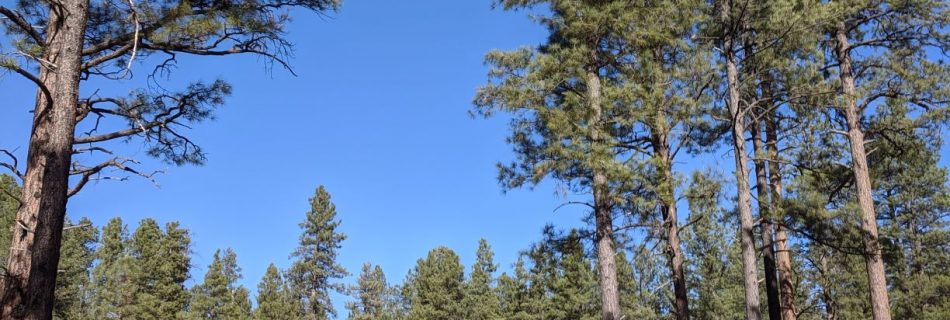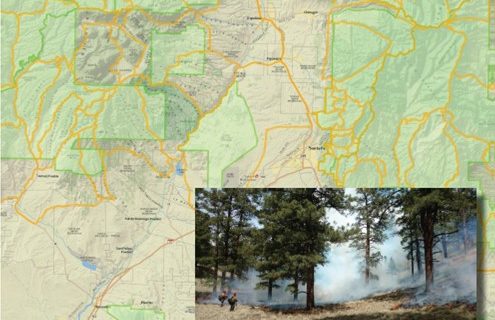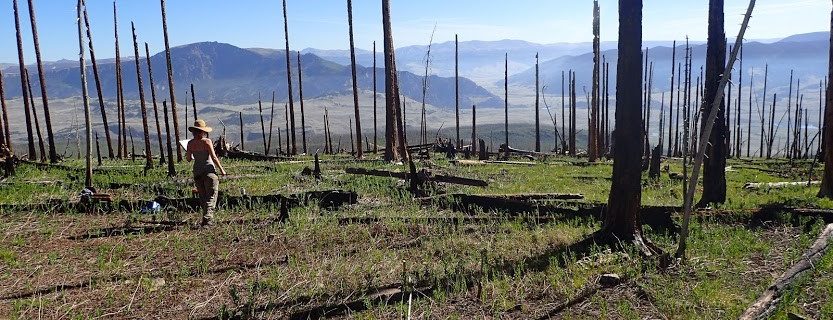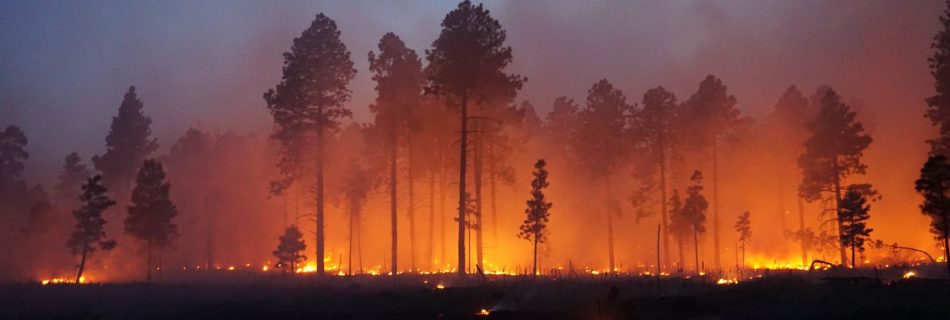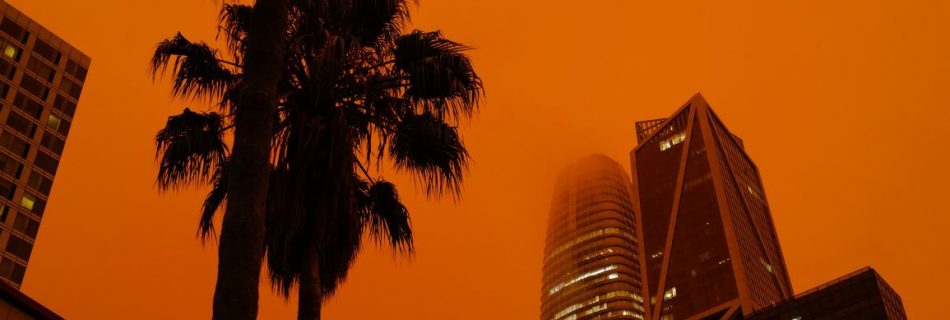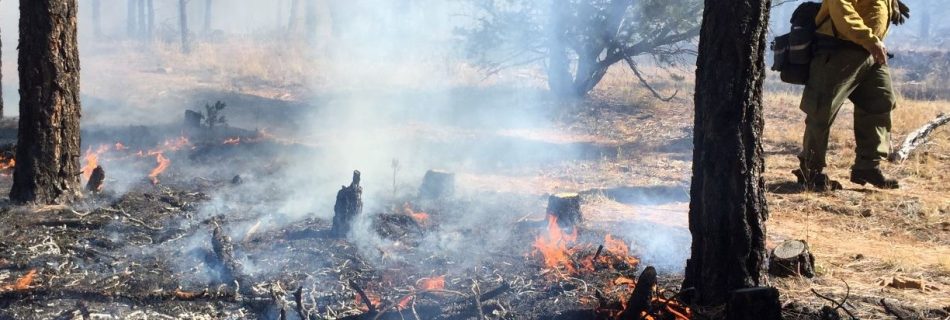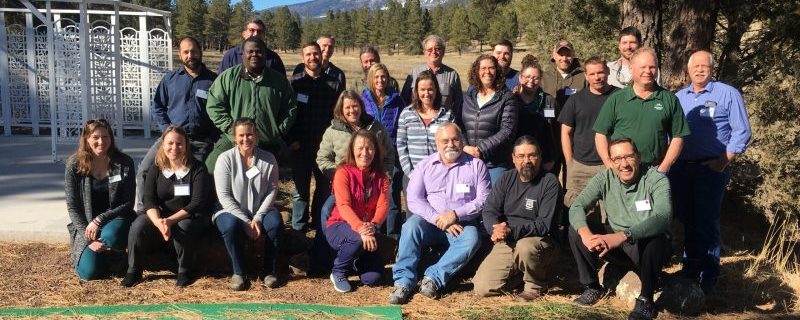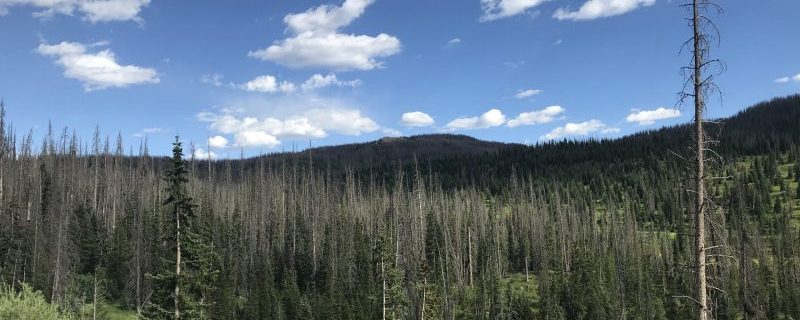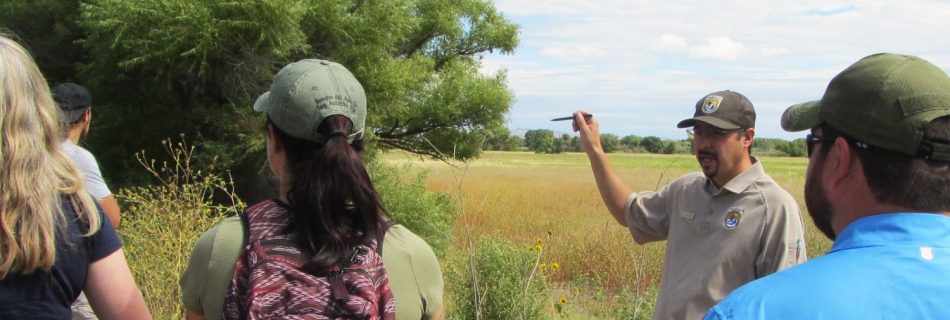Risk Management Prioritization
Presenter: Dr Melanie Colavito, Ecological Restoration InstituteDate: December 8, 2020 12pm Mountain Time The Ecological Restoration Institute recently completed a project analyzing the use and adoption of wildfire risk assessment and fuels treatment prioritization methods and products—broadly referred to here as decision support tools (DSTs)—by federal land managers. There is a need to demystify the …

